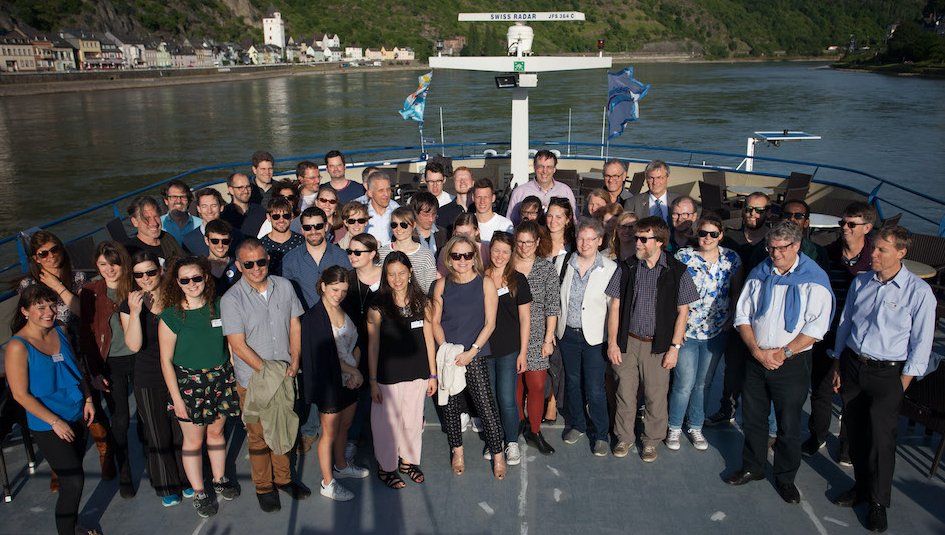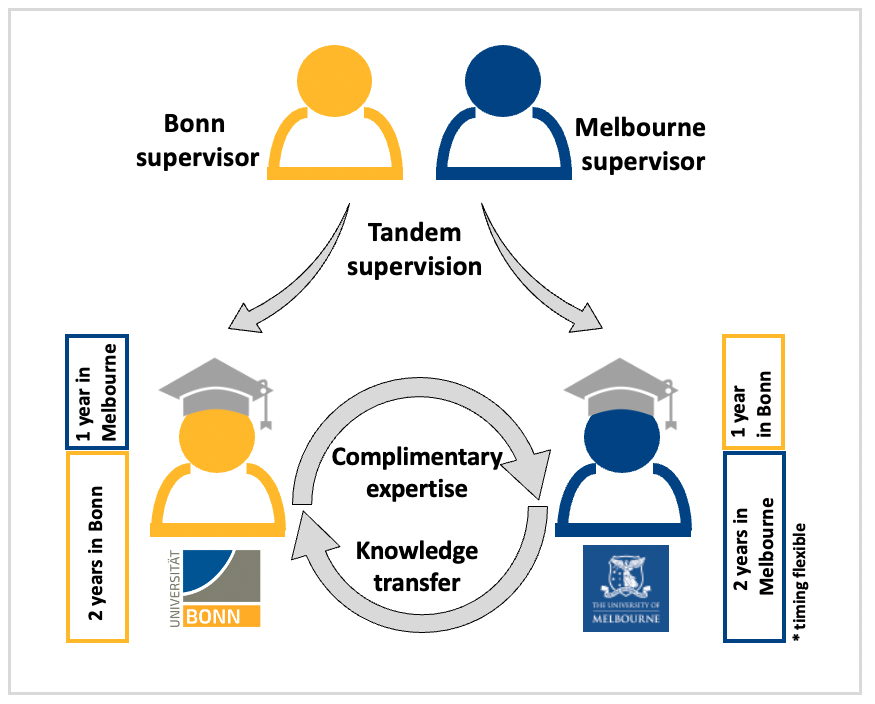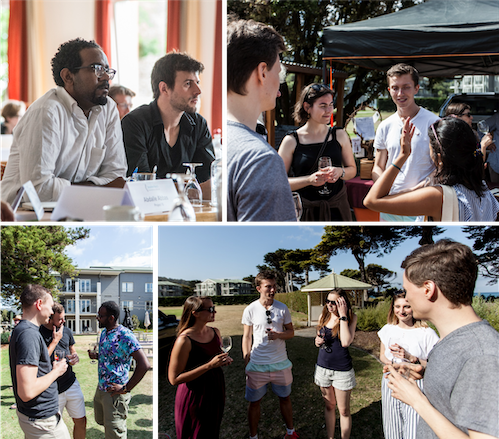The program was first established in 2016 with a total of 30 research projects. The majority of students commence their PhD as one cohort with an expected completion after 3.5-4 years. In Melbourne the commencement of projects and candidature completions tends to be more dispersed to accommodate the different visa application processing times. Since commencement of the second student cohort we have also increased our project offers to a total of 36 in both locations combined:
1st student cohort
(2016/17-2020/21): 30 projects (15 in Bonn, 15 in Melbourne)
2nd student cohort
(2019/20-2023/24): 36 projects (18 in Bonn, 18 in Melbourne)
Open positions

What is a joint PhD?
What are the benefits of a joint PhD at Bonn and Melbourne University?
Why should you join the Bonn & Melbourne Research and Graduate School?

Each research project is also called a tandem project. This term refers to our vision that a larger research question can be better addressed by two separate, yet complimentary PhD projects that are directed by the same supervisory team constituted by a Bonn and a Melbourne scientist. One project is primarily driven forward by a PhD student in Bonn whilst the other project is being carried out by a PhD student in Melbourne. Accordingly, each tandem project has two PhD students with scientific mentors at both locations.
Our students first select a project that is either designated to Melbourne or designated to Bonn. This then becomes their home/host institution. As part of their joint PhD the students then also conduct parts of their project at the respective partner laboratory, either in Bonn or Melbourne. The overall timing and duration of the exchange is generally flexible with a minimum residency requirement of 12 months at each institute. Most students typically spend 2 years at the home institution and 1 year abroad. This enables a true exchange of ideas, acquisition of novel techniques and experimental approaches as well as providing the more general, yet invaluable, experience of conducting research at another institution in a different continent. The complementary nature of the projects at both locations also provides the students with access to state-of-the-art techniques that are not accessible in one location alone, thereby further supporting high quality research and training.
